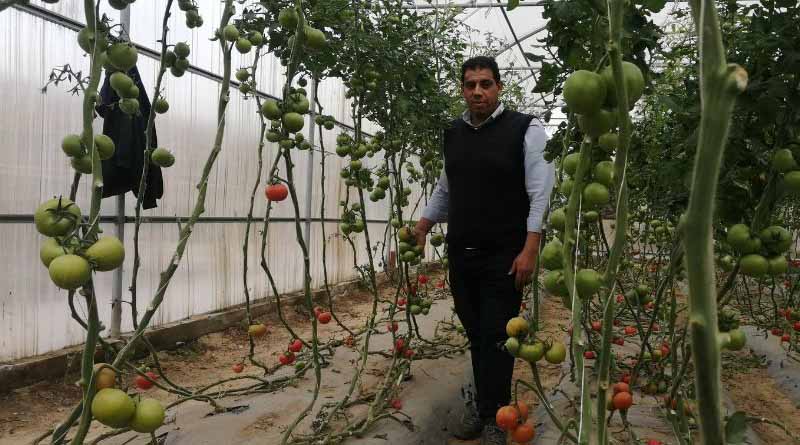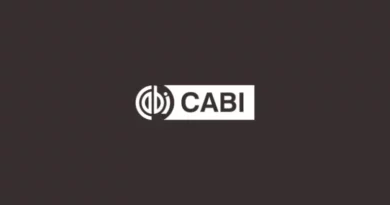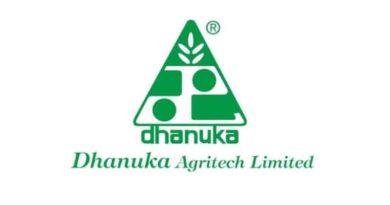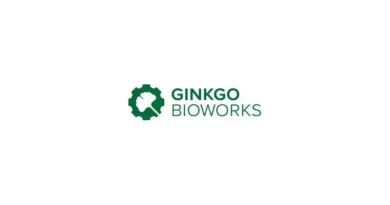Blended learning: enhancing higher education with CABI Academy
03 August 2023, Egypt: Blended learning, the integration of online and classroom-based teaching methods, has gained significant attention in the field of education. It offers unique opportunities for educators to enhance their teaching practices and provide students with a more comprehensive learning experience.
CABI’s digital learning platform, CABI Academy, brings together CABI’s expertise in plant health and diseases to create a range of online interactive training courses. As such, it can help plant-health educators enhance the effectiveness of their classroom-based plant health courses.
Dr. Ahmed Bondok, a professor of plant pathology at Ain Shams University in Egypt, has successfully incorporated materials from CABI Academy’s Crop Pest Diagnosis (CPD) and Crop Pest Management (CPM) courses into his classroom-based teaching.
The value of blended learning
But what is the value of this approach? And does the positive impact on learning outweigh the challenges in implementing a blended learning approach?
While looking into teaching materials, Dr. Bondok discovered the CABI Academy. Recognizing the relevance of the Crop Pest Diagnosis and Crop Pest Management courses to his higher education context, he adapted the materials to align them with his curriculum and teaching practices.
Although CABI has designed the courses for a global audience, Dr. Bondok found that they effectively bridged the gap between theoretical concepts taught in the classroom and practical application in a controlled greenhouse environment. In addition, the elimination methodology emphasized in the CPD course proved effective in teaching students to focus on specific symptoms when diagnosing plant health issues.
Implementing the CABI Academy courses into classroom teaching
To implement the courses in his teaching practice, Dr. Bondok followed a structured three-stage approach. First, he integrated the course materials and diagnosis methodology into his classroom-based teaching materials, using PowerPoint presentations to engage students. Second, he directed students to specific sections of the courses to reinforce classroom-based teaching, providing them with various contexts for skill practice. Lastly, he encouraged students to use the course resources to aid their diagnosis in a practical, hands-on greenhouse setting. This scaffolded learning experience empowered students to consult trusted sources of information and develop proficiency in crop health diagnosis.
Challenges of blended learning
While the Crop Pest Diagnosis course provided immense value to Dr. Bondok’s teaching, he identified some challenges in integrating the Crop Pest Management course. He suggested improvements in the course’s structure to better help students understand the link between diagnosis and management. Additionally, for some content, the interactive nature of the course materials made it difficult to integrate them into classroom-based formats like presentations. Dr. Bondok proposed the creation of downloadable resources with copyright-approved pictures, facilitating easy incorporation into teaching materials.
One consideration when using self-led learning resources in a face-to-face environment is the need for contextualization. CABI Academy’s global focus meant that some crop pests and disease examples were unfamiliar to Dr. Bondok’s students. Whilst this provided students will opportunities to practice diagnosis skills on a range of new and unfamiliar crop examples, it was also proposed that materials could be adapted to provide additional local examples. Another approach could be for educators to set clear expectations that the course should be used to practice principles rather than as exhaustive references for specific plants.
Valuable resources
CABI’s CPD and CPM courses offer valuable resources that can supplement and support teaching and learning practices in higher education. Dr. Bondok’s successful integration of these materials highlights the benefits of combining online and classroom-based methods. The structured approach he developed allowed students to bridge the gap between theory and practice, promoting independent learning and reducing the pressure on teachers. While challenges exist, such as contextualization and integration of interactive course materials, these can be mitigated through adaptation, clear expectations, and the creation of teacher-specific resources.
As educators continue to explore innovative approaches to improving their outputs, incorporating high-quality online resources like CABI Academy can enrich teaching practices, enhance student engagement, and prepare learners for the dynamic demands of their future careers.
Also Read: India’s decision to ban the export of non-basmati rice created a worldwide uproar
(For Latest Agriculture News & Updates, follow Krishak Jagat on Google News)















